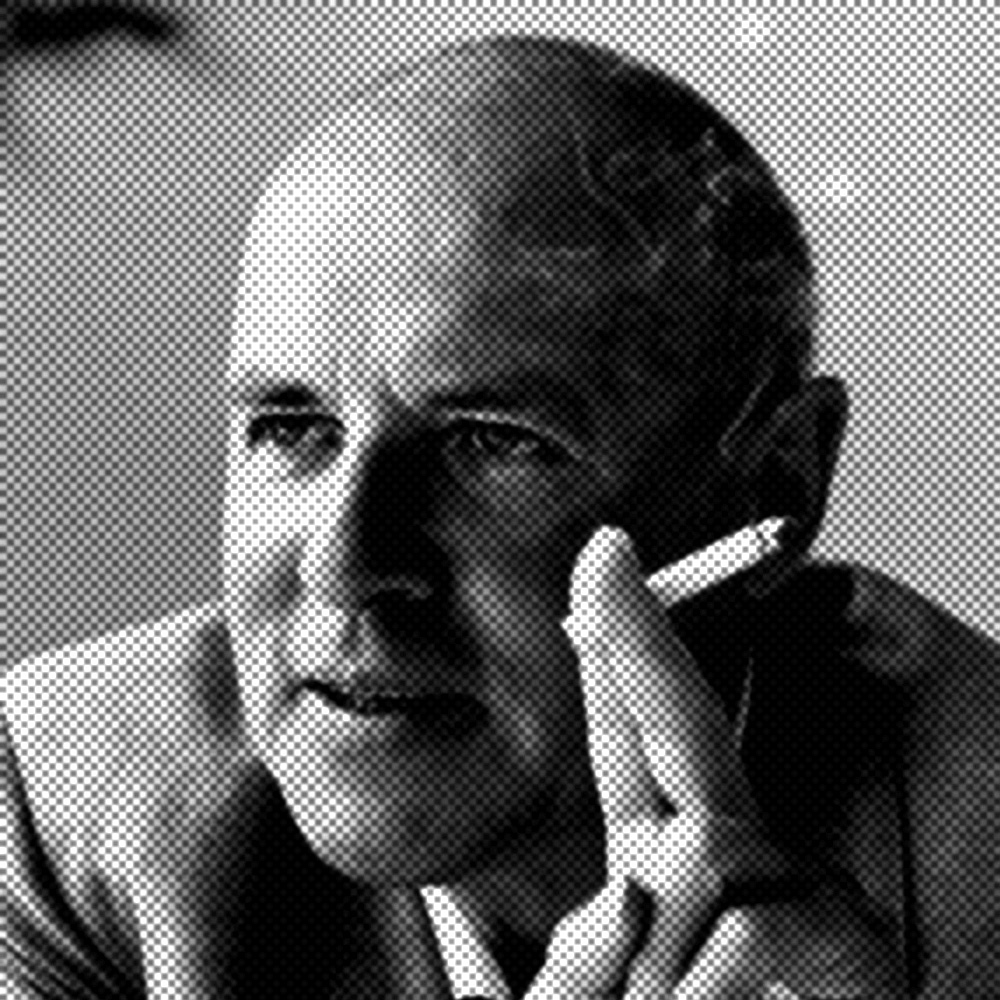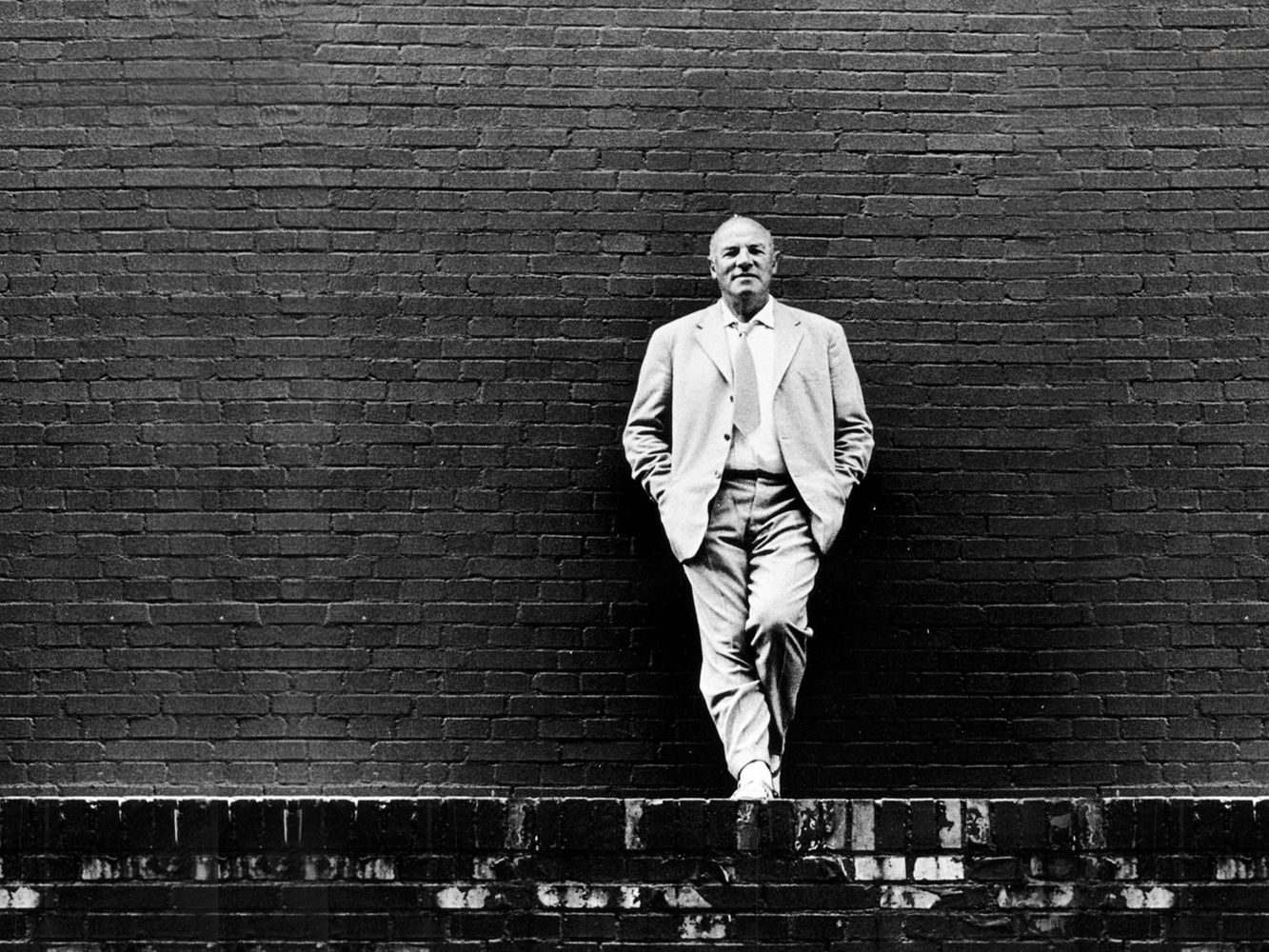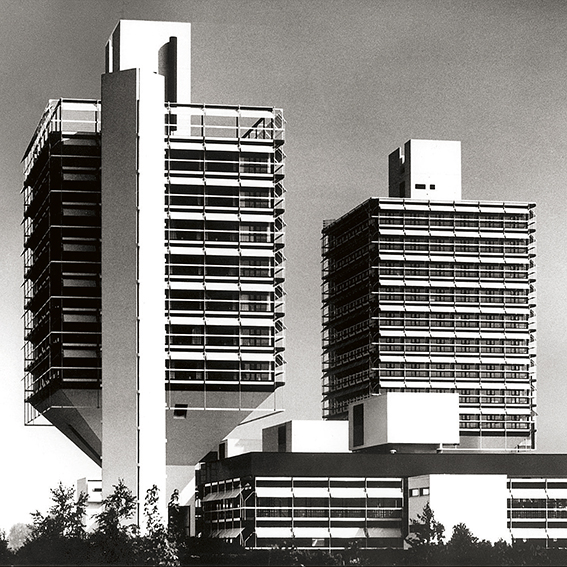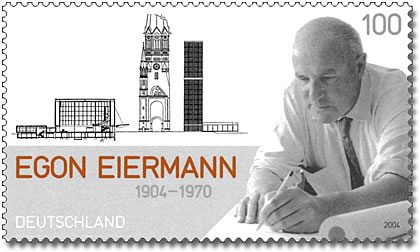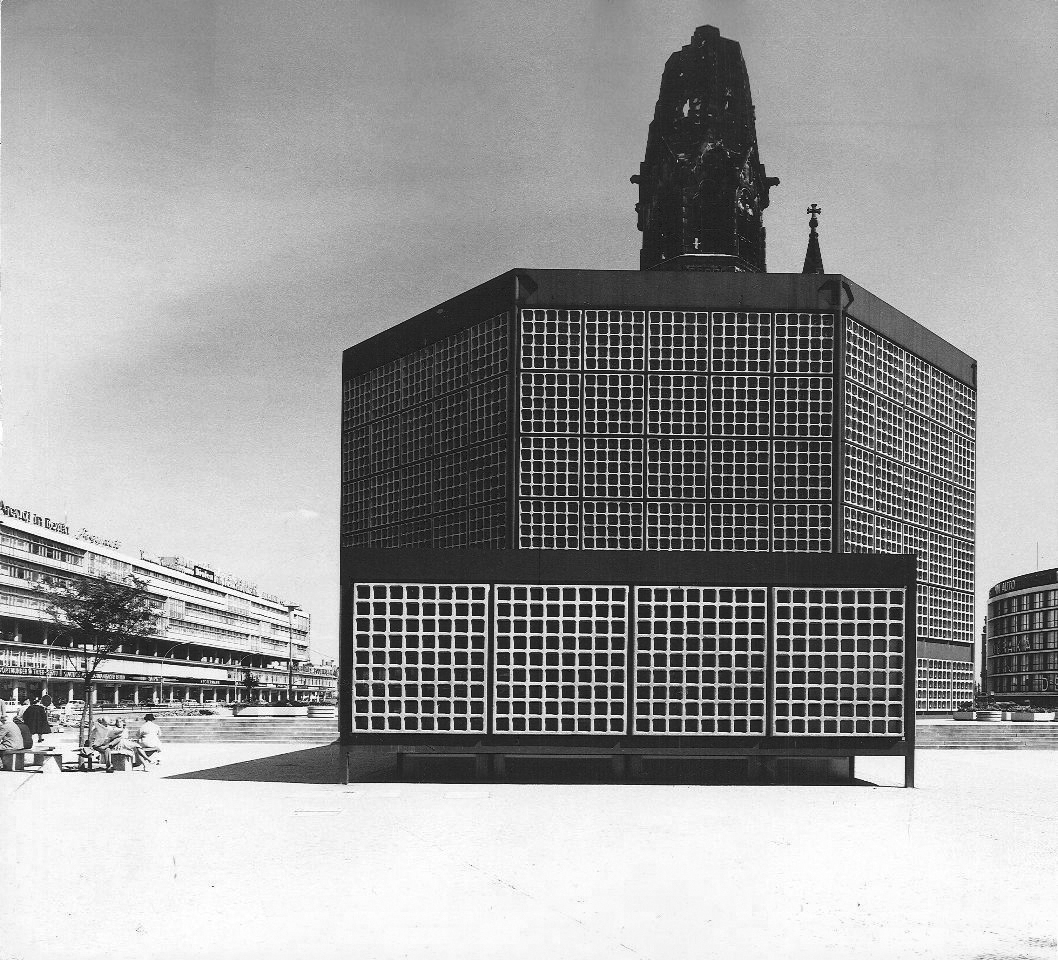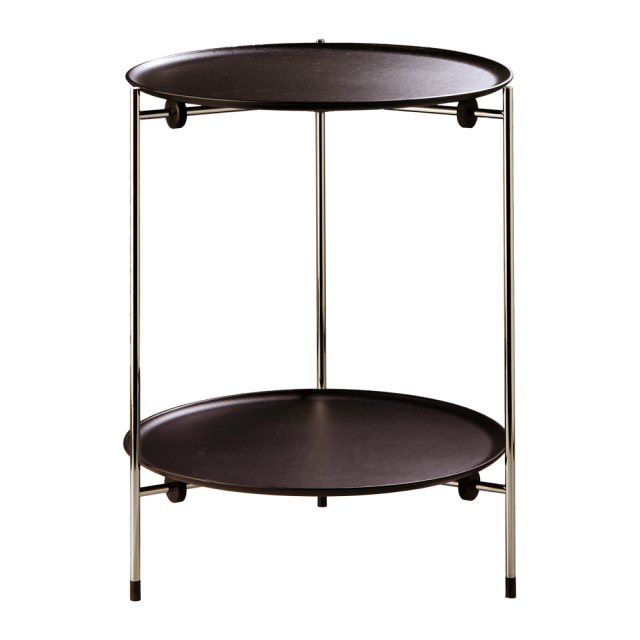Egon Eiermann
1904 – 1970
Without question, he was one of the most important architects of the post-war period. He designed mainly functional buildings. He is well-known for the Kaiser-Wilhelm-Memorial Church in Berlin, the German Embassy in Washington or the “Lange Eugen”- the parliamentary building in Bonn. Born in 1904 in Berlin, Egon Eiermann’s furniture and lamps have always shared a spot in the design landscape.
Egon Eiermann was born on 29 September 1904 in Neuendorf near Berlin. As soon as he undertook his first project in 1929, constructing a substation for a power plant in Berlin (BEWAG), he began to play with the vocabulary of forms that he would utilise again and again in his industrial buildings: clearly defined cubes and reinforced concrete constructions with brick cladding. In 1931, Eiermann opened his own architectural office in Berlin with Fritz Jaenecke, and he joined the German Association of Craftsmen (Deutscher Werkbund) in the same year. His first apartment buildings started to emerge in the 1930s, which were highly acclaimed by Mies van der Rohe.
During the Second World War, Eiermann continued to show his worth as an industrial architect, building structures like the Degea-AG factory in Berlin (1938) and the Märkischer Metallbau plant in Oranienburg (1939-1941).
In the years 1949-51, he designed the handkerchief weaving mill in the municipality of Blumberg in the Black Forest, which was awarded the Hugo Härtling Prize. As a co-founder of the German Design Council, Eiermann designed the German section of the Triennale di Milano in 1954. Some of his most important construction assignments in the years that followed included his contribution to the International Architecture Exhibition, which opened in the Hansaviertel area of Berlin in 1957, and the West German pavilion that Eiermann designed with Sep Ruf for Expo 58 in Brussels. Egon Eiermann designed numerous interiors and furnishings, often as part of specific building projects. He met Walter Gropius, Marcel Breuer, Konrad Wachsmann and Ludwig Mies van der Rohe on his study trips to the USA in 1950 and 1956.
Eiermann realised one of his most famous projects in Berlin, where he reconstructed the Kaiser Wilhelm Memorial Church in the years 1957-63. While his initial design had included the demolition of the old church spire, a subsequent storm of public indignation prompted him to keep the spire in place and erect his new buildings to the east and west of the ruins. At the same time, he built an apartment for himself and a house for Graf Hardenberg – both in Baden-Baden. This is also the period when he designed the West German embassy in Washington D.C., which won the Architectural Award of Excellence and catapulted him to fame in the USA. From 1965 to 1969, the high-rise parliament building of the German Bundestag was built according to Eiermann’s plans in Bonn.
In 1968, Eiermann was presented with the Prize of the Association of German Architects, the Federal Cross of Merit and other honours.
Egon Eiermann died on 19 July 1970 in Baden-Baden.
